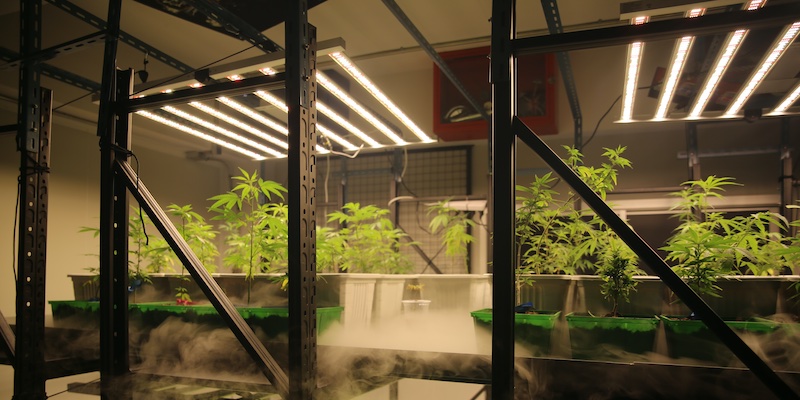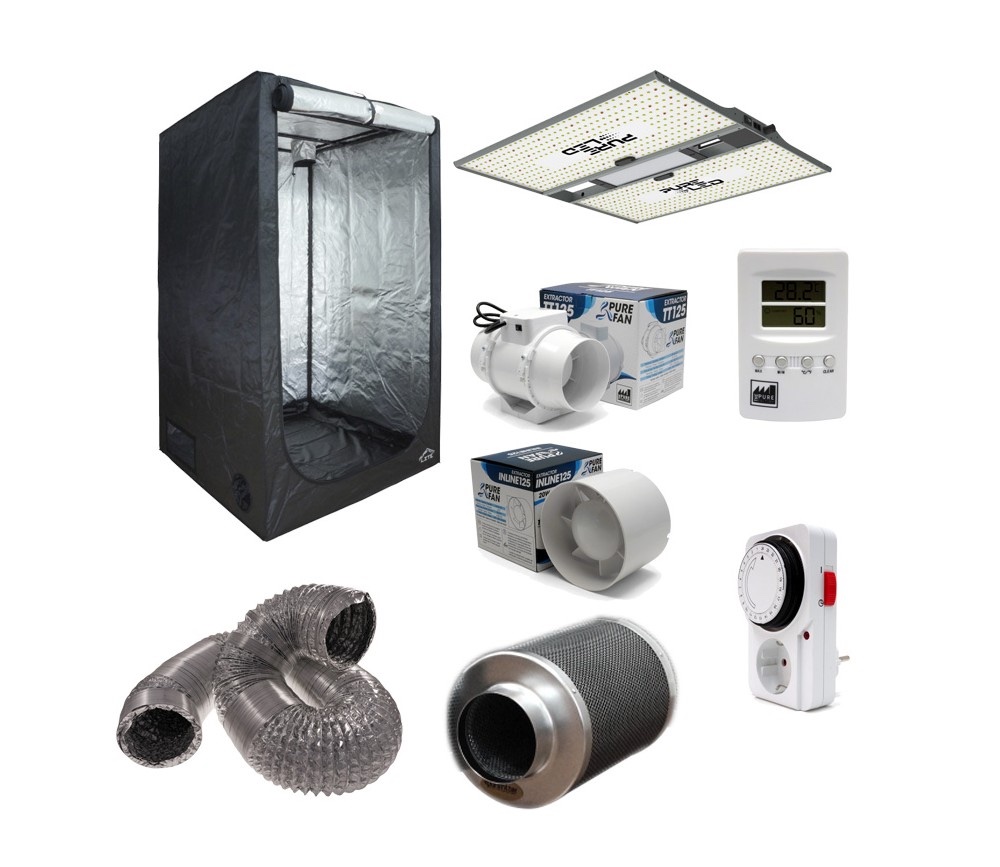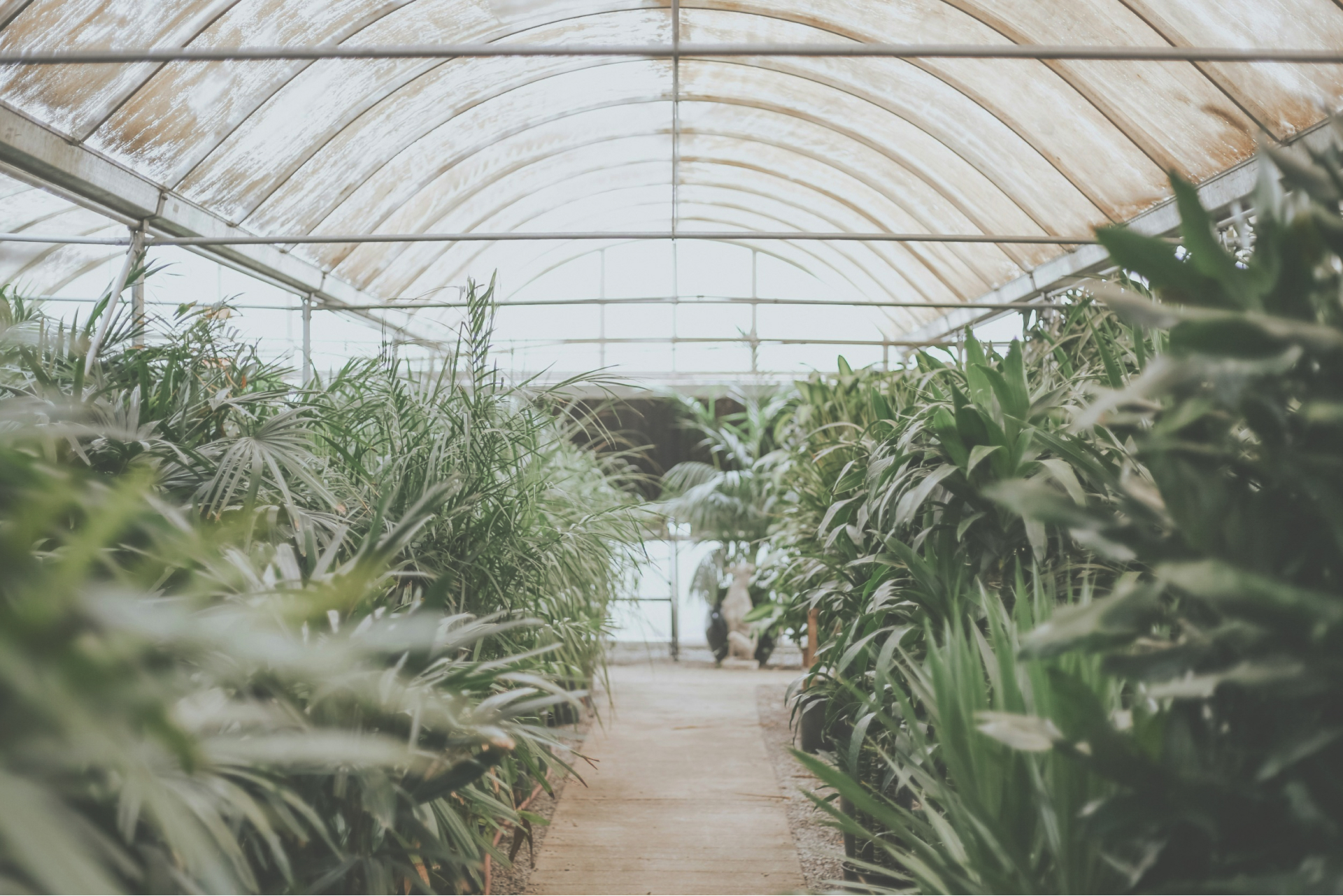Essential Guide to Starting an Indoor Grow Without Mistakes

As summer draws to a close and the intense heat stops being that silent threat to indoor grows, the nights gradually begin to lengthen. Thousands of growers start switching the lights back on, adjusting timers, and planning their return to their grow Tents – small sanctuaries where the natural and artificial must work together with surgical precision. Growing cannabis indoors is far from a routine activity. It demands technique, foresight, and the ability to learn from every mistake, no matter how minor, if you’re aiming for a successful harvest.
1. Never underestimate the importance of planning your grow space
One of the most common mistakes begins before the first seed is even germinated: choosing the right grow space. Picking a spot for your grow tent involves far more than simply finding free space at home or staying discreet. The location affects thermal stability, accessibility and your ability to control the environment. Those who choose a space exposed to external temperature shifts, such as near windows, radiators or draughts, will quickly find that maintaining consistent temperature and humidity becomes an uphill battle that compromises plant development.
That’s why every successful harvest starts by creating a stable and sealed environment, like the one offered by The Pure Factory’s Pure Tent range. These tents effectively isolate your grow from external conditions and prevent light leaks, which are a silent enemy during flowering, from creeping in during the dark cycle.
Even a single flash of light at night can stress your plants, leading to hermaphroditism or irregular flowering. The Pure Tent models also feature uniformly reflective fabric and airtight ports for ventilation and cabling. A homemade setup rarely provides this level of light and air tightness.
2. Don’t take chances with lighting
Of course, space alone means little without well-planned Lighting. In the past decade, the LED revolution has thankfully eliminated the heat issues and energy waste linked to traditional lamps. Still, even the best LED won’t prevent mistakes if it’s not set at the right height or chosen carefully.
The distance between your lights and your plants isn’t fixed. It reduces from 90 to 60 cm during the seedling stage, when the light should be gentle rather than scorching, to about 45 centimetres during flowering, when plants can handle higher intensities without getting burned.
Daily observation is far more useful than any technical manual when it comes to adjusting this variable. It helps you avoid burnt leaves or tall, spindly plants stretching desperately towards the light. The Pure LED, Lazerlite and Fission ranges from The Pure Factory are designed to meet the needs of each growth phase, making it easier for growers to balance power and efficiency.
Start with the manufacturer’s recommended distance and adjust based on canopy temperature and the plant’s response. A five-centimetre adjustment can be the difference between strong growth and bleached tips. And avoid turning lights on and off manually – use a reliable digital timer to protect your photoperiod from power cuts or forgetfulness.
3. Neglecting ventilation means fighting an invisible enemy
If lighting were all that mattered, growing would be simple. But air circulation is often overlooked, even though it plays a vital role. Ventilation is a common trap for beginners, and lack of air exchange is one of the main causes of mould, pests and growth issues – problems often wrongly blamed on genetics or fertiliser.
Each tent should extract its entire air volume at least every 3 minutes, replacing it with fresh, clean air from outside. Ventilation doesn’t just remove spent CO₂ and excess humidity. It also prevents heat build-up from your lights, even the most efficient ones.
Extractor kits, ducting and carbon filters from The Pure Factory complete this air renewal system. Fans inside the tent simulate outdoor wind, strengthen stems and reduce the risk of moulds like botrytis appearing when everything seems under control. In winter, forced air intake becomes even more important. In very sealed environments, a small fan that brings in fresh air helps maintain a stable climate and prevents deadly moisture pockets that are often invisible to the naked eye.
4. Controlling smell and noise is essential for discretion
Another common mistake is underestimating odour and noise. Every indoor grow moves air, and that air smells once plants are in full swing. Without proper planning for where the air will go, how far it needs to travel, and how to reduce the noise, you could end up with makeshift ducting, sharp 90-degree bends choking the airflow, a vibrating extractor and a misplaced filter.
The rule of thumb is simple. Place the filter inside and at the top of the tent, where hot air accumulates. Connect the extractor directly afterwards with the shortest possible section of ducting. Keep the exhaust run straight, avoid sharp bends, seal joints with aluminium tape (not duct tape), and if noise control is crucial, use SONO+ soundproof ducting and fabric straps or silent blocks to isolate vibrations.
Using compatible components, such as The Pure Factory’s Pure Fan TT extraction kits and carbon filters, helps you build an efficient and sealed system. If discretion is a top priority, enclosing the extractor in an acoustic box will reduce several decibels at the source, which is far more effective than masking noise later. A speed controller that lowers fan speed at night will also reduce noise without compromising airflow.
5. Take electrical safety seriously, especially around water
Another major hazard – and one that could send you to A&E – is failing to plan the electrics properly. A grow tent doesn’t just need one plug. It includes lights, extractors, intake fans, internal fans, timers, and possibly climate controllers. All of these need surge-protected extension leads, secure sockets and ideally an RCD or circuit breaker.
The most dangerous mistake is mixing water and electricity. From the design stage, use a waterproof tray under your pots, run cables through the designated cable ports, mount the extension lead outside the humid area, and guide the wiring along the corners of the tent using Velcro cable ties (which can be removed without cutting). Electrical safety isn’t something to improvise. It needs to be planned.

6. If you grow without monitoring, the environment will control you
Temperature and humidity are also fickle variables. Although the literature sets ideal targets – around 24 °C and 60–70% humidity in the vegetative stage, gradually dropping to 20–24 °C and 40–50% in flowering – the real goal is to avoid sudden fluctuations, especially large differences between day and night. A temperature swing of over 10 degrees drains the plant’s energy and hinders nutrient uptake. Meanwhile, excessively high temperatures reduce bud density and aroma.
Too much humidity during flowering creates the perfect conditions for mould. On the other hand, humidity that’s too low forces the plant to work harder, slowing growth and reducing vitality. A good quality thermo-hygrometer is a simple yet valuable tool. It lets you decide when to intervene – whether that means increasing or decreasing humidity using humidifiers, dehumidifiers or simply tweaking your fan setup.
7. Using the wrong substrate can ruin everything
Now we come to the substrate – a critical decision where many promising grows take a wrong turn. Choosing a quality substrate, ideally one formulated specifically for cannabis with the right balance between water retention and aeration, is key to developing a healthy root system.
Pre-enriched soils offer beginners more security during the first few weeks, as they contain the essential base nutrients without the risk of overfeeding too early. Coco coir and hydro systems are more demanding to manage but reward careful monitoring with excellent results. Just make sure you regularly check pH and EC levels using digital meters. Poorly aerated, compact or overly wet substrates create ideal conditions for pathogens such as fusarium and root rot.
8. Overlooking pot type puts your roots at risk
Pots are often treated as an afterthought, but they make a huge difference. Fabric pots, like the Pure Pot range, have become the go-to option for their ability to promote natural root pruning and oxygenation. They prevent the root circling seen in standard plastic pots, which limits nutrient absorption and overall vigour. Fabric pots also allow excess water to drain more effectively and help regulate substrate temperature, protecting roots from sudden shifts.
Pot size depends on your genetics and growing style. Autoflowers do well in pots ranging from 7 to 15 litres. Photoperiod strains grown using Sea of Green techniques perform well in 7 to 11 litres, while larger plants in more traditional methods benefit from 20 litres or more. Bigger pots support healthier root development and ultimately better yields.
9. The first few days will shape your grow’s entire future
Of course, a grow really begins long before the main cycle – during germination, where the line between success and failure can come down to a single centimetre. Smart germinators like Kannabia’s Sproutly take much of the guesswork and stress out of this process. They provide the right temperature, steady humidity and a dark, clean environment, boosting success rates and helping seedlings emerge strong and stress-free.
Once sprouted, Propagators support early development by encouraging the growth of the first true leaves. This shortens the transition phase and strengthens the plant’s ability to adapt to its final environment.
10. Attention is your most valuable asset when growing indoors
Indoor Cultivation, often seen as the meeting point between professional and home growing, is above all an exercise in consistency and close observation. The level of control and customisation made possible by The Pure Factory’s products is an investment that pays off cycle after cycle. For many growers, returning to indoor cultivation after the summer is a perfect opportunity to fine-tune their setup, upgrade their equipment and solve persistent issues.
Because at the end of the day, a good harvest doesn’t happen by chance. It’s the result of anticipating problems, noticing the details others miss, and improving every small aspect. In this way, the grow tent becomes a learning lab where patience, technique and curiosity lead to buds that are not only aromatic but deeply satisfying.
